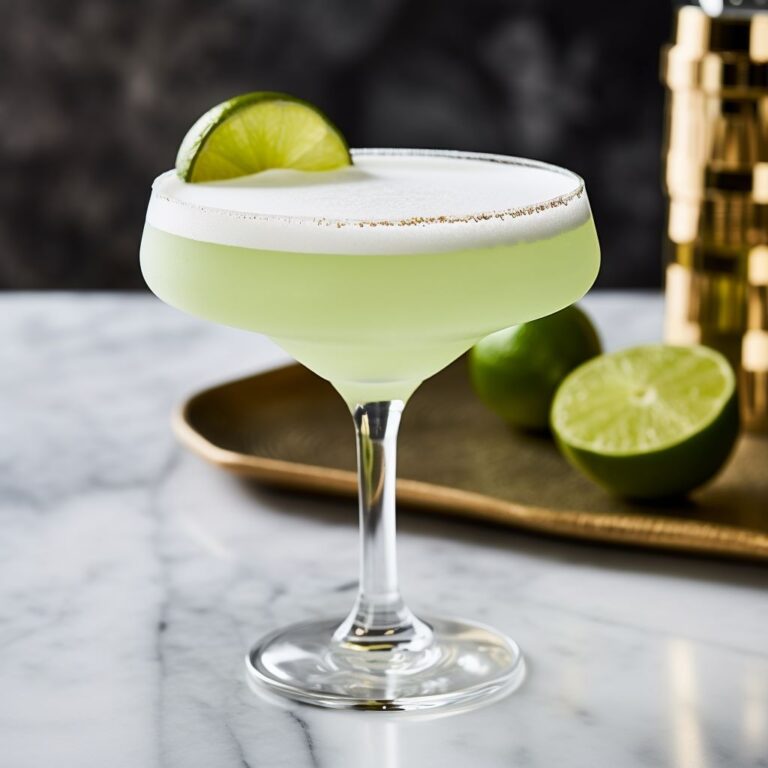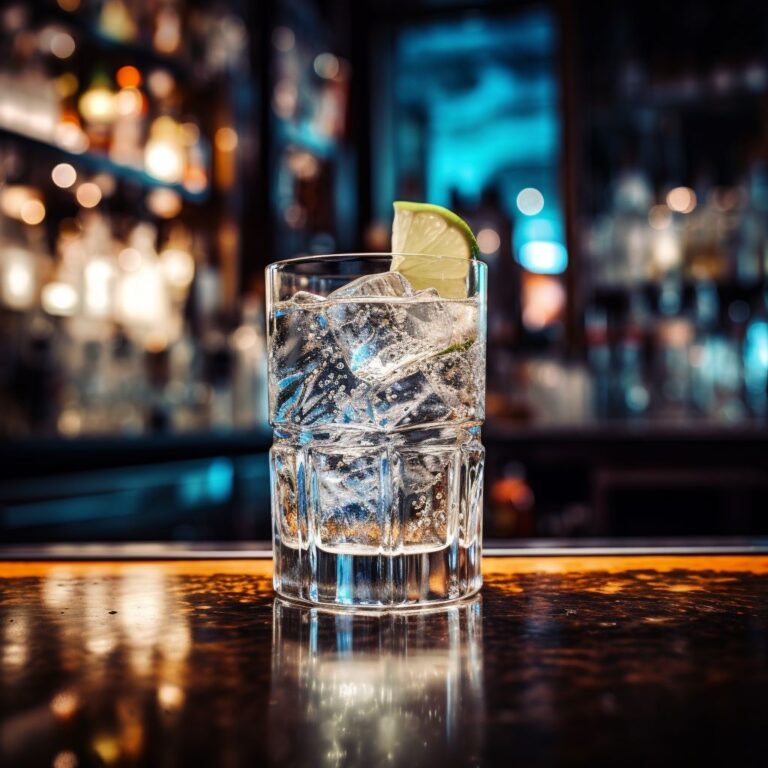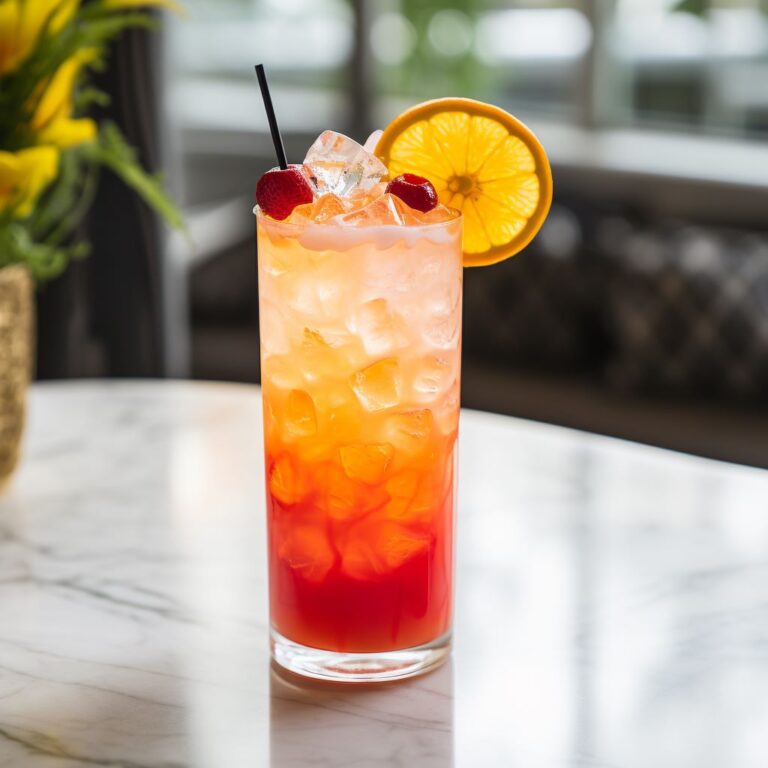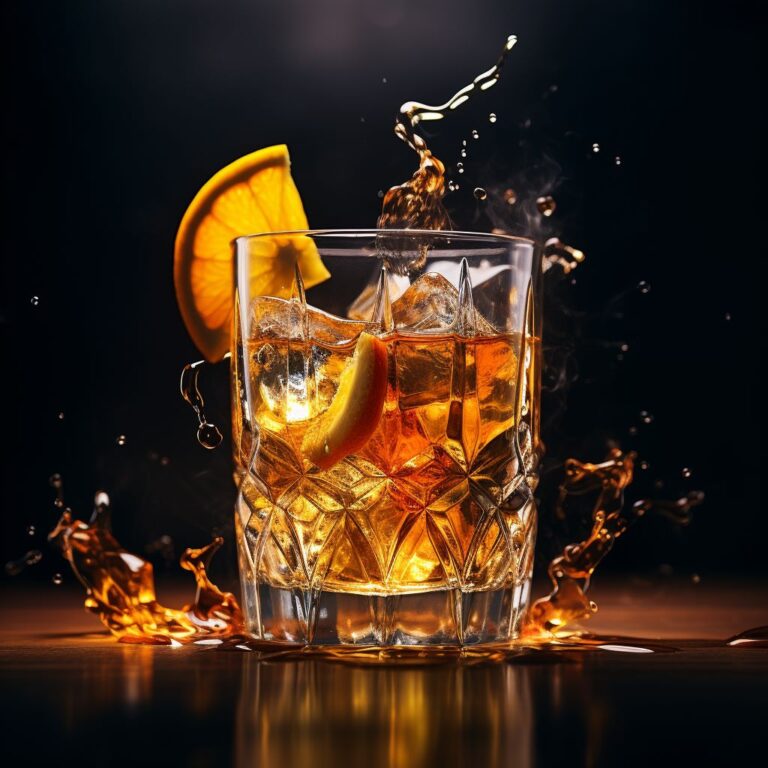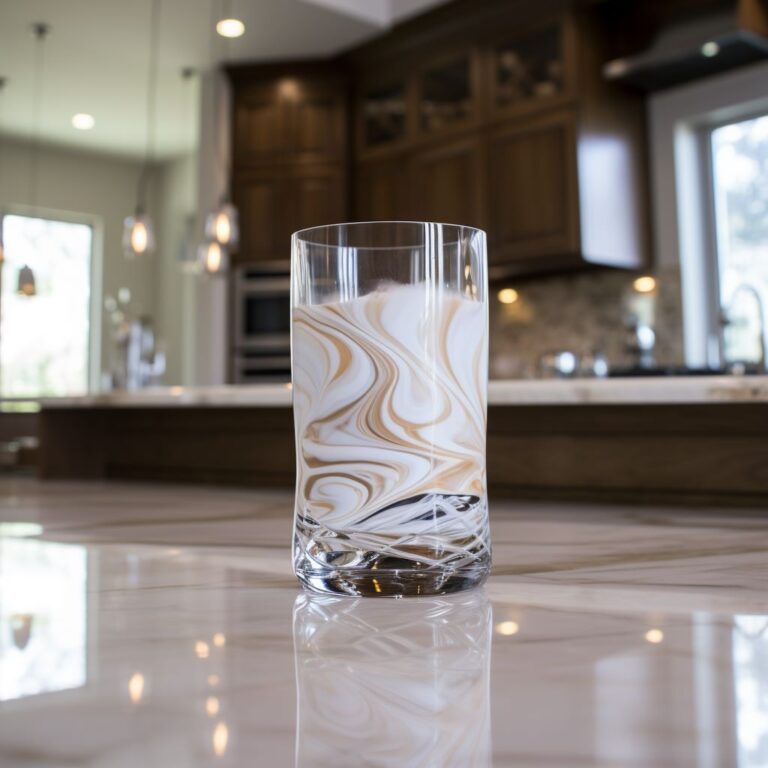The Essential Guide to Wine Terms (2024)
Embarking on a journey through the world of wine is akin to learning a new language. For aspiring sommeliers and wine enthusiasts, understanding the nuanced vocabulary of wine tasting is crucial for deepening appreciation and expertise.
This comprehensive guide introduces essential new vocabulary and tasting terms that will elevate your wine discussions and help you articulate your sensory experiences with precision.
The Basics of Wine Vocabulary
- Terroir: The unique combination of environmental factors, including soil, climate, and topography, that gives a wine its distinctive character.
- Varietal: A wine made from a single specified grape variety.
- Vintage: The year the grapes were harvested, affecting the wine’s character due to annual climatic variations.
- Appellation: Designated wine-growing regions with specific geographical and legal boundaries.
- Body: The sense of weight or fullness on the palate, classified as light, medium, or full-bodied.
- Oxidation: Exposure to oxygen that changes a wine’s color and taste, which can be either detrimental or, in some styles, desirable.
Advanced Tasting Terms for Sommeliers
- Bouquet: The array of complex aromas in aged wine, developed from the winemaking and aging processes.
- Mouthfeel: The tactile sensations a wine produces, including its texture, viscosity, and temperature.
- Finish: The aftertaste left by the wine, including how long and which flavors linger.
- Legs/Tears: The droplets that form and flow down the inside of a glass, indicating alcohol content or wine’s viscosity.
- Balance: The harmony among the wine’s acidity, tannins, fruit, and alcohol content.
- Structure: The way various components of a wine (acidity, tannins, alcohol) integrate and interact, crucial for assessing quality and aging potential.
Descriptive Vocabulary for Wine Tasting
- Acidity: The lively tartness in wine that can range from mild to sharp, contributing to its freshness and balance.
- Tannins: Compounds from grape skins, seeds, or oak barrels that add bitterness and complexity, affecting texture.
- Minerality: A taste or aroma hinting at minerals, often described in wines from specific rocky terroirs.
- Buttery: Rich and creamy texture or flavor, often found in oaked white wines.
- Crisp: A wine with pleasant acidity, making it refreshing, especially common in white wines.
- Jammy: Describes wines with a concentrated sweet berry flavor, typical of very ripe grapes.
Exploring Wine Aromas and Flavors
- Fruity: Wines with a strong presence of fruit flavors, from citrus to tropical fruits.
- Earthy: Wines exhibiting flavors or aromas of soil, forest floor, or mushrooms.
- Spicy: Wines that evoke spices, whether from the grape, fermentation, or oak aging.
- Herbaceous: A character reminiscent of green, leafy plants or herbs, suggesting a certain freshness.
- Floral: Wines with a scent of flowers, varying from delicate to intense, depending on the grape variety.
- Oaky: Flavor notes of vanilla, coconut, smoke, or toast from aging in oak barrels.
The Language of Wine Making
- Fermentation: The chemical transformation of grape juice into wine by yeast, converting sugars into alcohol.
- Barrel Aging: Maturing wine in oak barrels to impart additional flavors and complexity.
- Malolactic Fermentation: A secondary fermentation where harsh malic acid is converted to softer lactic acid, enriching texture.
- Blend: A wine composed of more than one grape variety, aiming for a particular flavor profile.
- Lees: The sediment of dead yeast cells in a wine, which can add flavor and texture if stirred or left in contact.
- Sulphites: Preservative chemicals added to wine to prevent oxidation and maintain freshness.
Vocabulary for Wine Pairing
- Complementary Pairing: Choosing a wine and food with similar flavors or profiles to enhance each other.
- Contrast Pairing: Selecting wine and food that differ in taste or texture to create a balanced experience.
- Texture Matching: Aligning the weight and mouthfeel of wine with the food’s texture for a harmonious pairing.
- Umami: The savory taste in some foods, considered when pairing to match or balance the wine’s flavor profile.
- Aromatic Complexity: The depth and variety of aromas in wine, important for matching with the complexity of food flavors.
- Intensity Matching: Ensuring the strength of flavors in both wine and food are comparable, so one does not overpower the other.
Expanding your wine vocabulary not only equips you with the language to describe and enjoy wine more fully but also enhances your ability to share your wine experiences with others. By understanding these terms, you’re better prepared to explore the vast world of wine, from assessing the quality and character of a glass to selecting the perfect wine to complement a meal.
Whether you’re engaging in discussions with fellow wine lovers, attending tastings, or simply enjoying a quiet evening at home, this enriched vocabulary will deepen your appreciation and love for wine.


